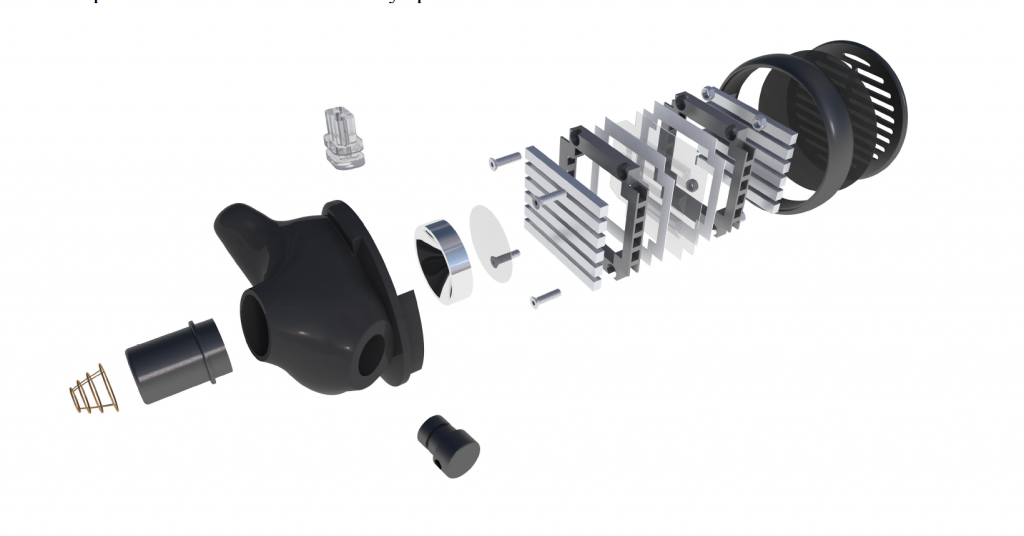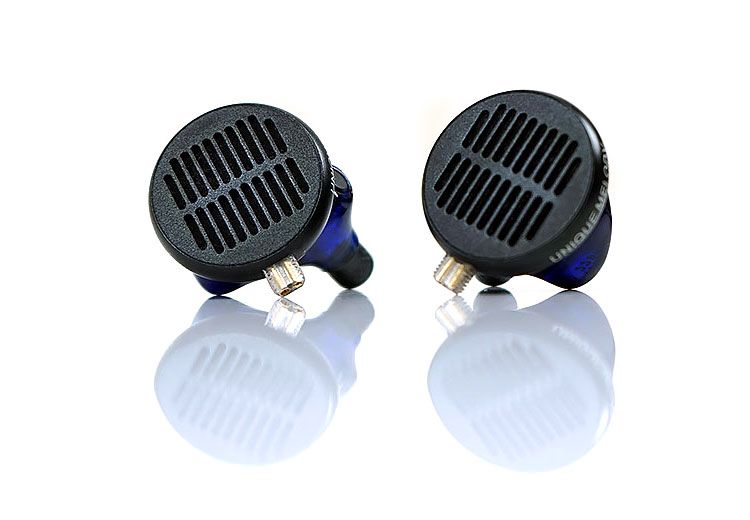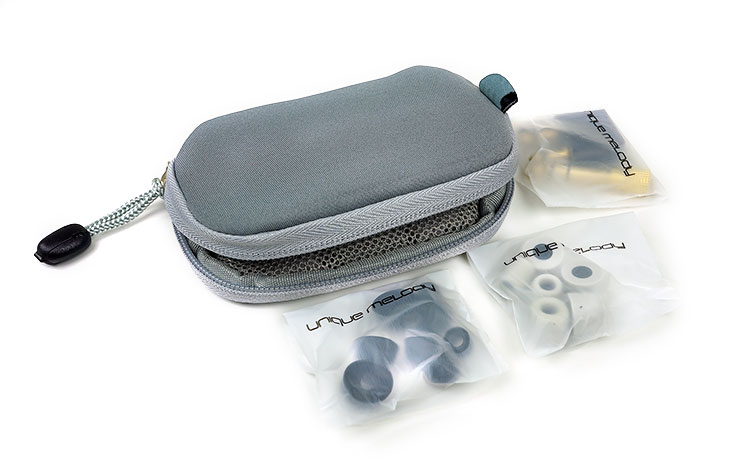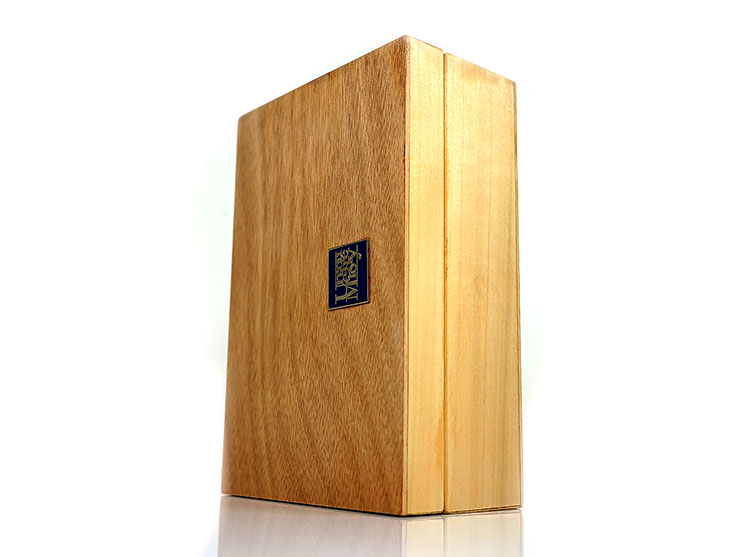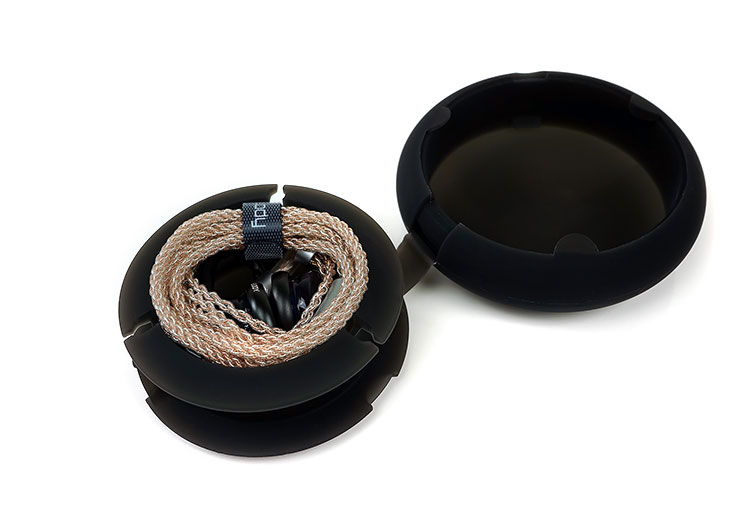The Unique Melody ME.1 is a specialized single planar driver universal in-ear monitor with acoustic filtering. It is priced at $769 SRP.
Disclaimer: The Unique Melody ME.1 was sent to us as a loan sample in exchange for our honest opinion. It will be returned after the main review. We thank Unique Melody for this opportunity.
To learn more about Unique Melody products on Headfonics you can click here.
Note, this review follows our new scoring guidelines for 2020 which you can read up on here.
Two interesting themes have developed over the last year or so but not necessarily intertwining until now.
The first has been the gradual introduction of planar technology into IEMs. Bravo says I because thus far with Audeze’s iSINE series it’s been a pretty good start.
The second highlight goes back just a little further, maybe early 2016, and that has been the rise in in-ear technology designed to reduce the damage caused by pneumatic pressure on our ears, an all too common problem with traditional IEM designs. This transformational technology is most famously espoused by ADEL and 64 Audio’s APEX technology in their custom monitor range.
The $769 Unique Melody ME.1 is the first IEM to combined both of these themes into one IEM. A planar IEM with an acoustic filter that attenuates the outside noise at specific frequencies thus reducing the potential for damage to your hearing.
After all, UM, like many other good monitor development companies, have its roots in the hearing protection business for years.
What Is The Pitch?
The ME.1 double pitch – planar tech and acoustic filtering are perhaps the most striking but I won’t start there.
User Experience
The first thing that stood out for me in the marketing material is the form factor that UM is putting forward. UM believe they have achieved the most comfortable fitting full range planar IEM in the market today. One that is more comfortable for longer listening sessions than competing planar IEM designs.
Universal And Custom options
Not only have they managed to reduce the size to something a bit more normal looking to you and me but they have also managed to produce it in both custom and universal format. Universal is a very attractive $769 whilst custom designs start at $1069 depending on your final design choices. The one you see in this review is the universal design but they do come in a range of colors beyond blue.
Acoustic Filtering
The filtering is similar to the ADEL and APEX premise which an acoustic treatment tube to assist with normalizing the pressure within your ear consistent with how planar technology moves air. Unique Melody believes that the open-back design of the ME.1, combined with the acoustic filter will attenuate external noise at specific frequencies to prevent long-term hearing damage.
I can’t overemphasize how supportive I am to any company embarking on this kind of technology, especially after nearly 30 years of hard rock concerts, nightclubs, headphones you name it pounding away at your eardrums.
Design
Form Factor
The ME.1 is unique but also has a form factor that evokes the spirit of the LCD series of Audeze with its CNC finished grid pattern front oval plate providing the basis for its open-back design. Its strong sturdy and very well designed. This is the kind of front plate that is going to stop a lot of people in their tracks for a second look.
Driver Size
This is not a small IEM by any stretch of the imagination yet UM has drawn from their custom design experience to make is a much tidier package than the much bigger iSINE. They have used a slightly smaller dual-layer high strength neodymium magnet driver than the iSINE’s Fluxor™ Magnets design.
This is an 18.5mm diameter as opposed to the massive 30mm driver used by Audeze. This allows the whole package to be shrunk down to a more user-friendly size. Interestingly in 2016, they were touting the ME.1 with a 22mm diameter magnet design so I can only presume that this variant either technically not good enough or just made the whole design too big.
3D Acrylic
Behind the grilled circulate plate you get a more traditional universal UM material design. The shell is a 3D printed medical-grade acrylic mold dropping down into a fairly long and wide nozzle. This particular version is blue, but you can also get the universal in black, red, and purple.
Nozzle & Filter
The nozzle shape should be different on the custom version, more in keeping with typical nozzle designs shaped to your ear. Part of that length is due to the acoustic filter tube position at the base of the stem.
I do not believe it can be taken out by the user so it’s unlikely we will see any developing line of differing acoustic filters. It is also deep set compared to the APEX and ADEL versions but in the diagram above you can see the pinhole vent in the filter where the pressure is released.
Cables & Connectors
Protruding
The ME.1 uses UM’s new protruding 0.78mm 2-pin connectors first seen on their Maestro V2 custom and universal variants. It is still the same traditional 2-pin connection except rather than recessed or flush its protrudes out of the side of the CNC front plate.
The connector itself is made of hard translucent plastic and its purpose is to offer additional stability over previous 2-pin connectors by using a flexible plastic shell around the pins to house itself and protect the socket.
UM has also created an angled connector tube on the cables to further streamline the over-the-ear experience of the ME.1. It no longer goes straight up and over but more of an ‘arc and swoop ‘ making the shape much lower in profile and more comfortable for fitting.
Materials
UM has included a stylish and very pliant 8-braided 6N Single Crystal Copper cable with a single 3.5mm stereo straight angle jack. The N in 6N technically means the purity of the copper and 6 nines so this is 99.9999% pure.
Single crystal, or sometimes known as long-grain crystal copper, is a pretty good quality material for a stock cable, to be honest, much superior to Plastics One variants and will provide a fairly smooth sound signature.
Comfort & Seal
Although the CNC plate is quite big it shouldn’t interfere with the fitting as it sits a little bit out from the ear canal and surrounding outer ear cartilage. Primary contact with your ear is with the acrylic shell, long nozzle, and tips.
The contoured acrylic shell is actually pretty comfortable in the ear, if you have ever tried a demo version of a custom IEM then is pretty much a similar experience. It has that nice smooth lacquered finish with no sharp edges.
The nozzle, despite being long does not go that deep. In part, because it needs to create distance between the plate and ear and also due to the width of the single bore design and the accompanying foam tips. This is a comfortable but tight fit for me personally but I can see some finding it a little heavy or too wide for their ear canal.
Tips Choices
Foams
I suggest using the smallest foam tips supplied or your own trusted tip size as normal medium fitting was too big for me and put too much pressure on my canal lining. With the small foam tips I got rock solid fit and reasonable seal but you have to bear in mind this is an open-back design. By their very nature, the ME.1 is going to be poor at isolation though better than the iSINE in direct comparison.
Silicone
You can revert also to the supplied single bore silicone tips included though one slight problem is the lack of a lip on the end of the ME.1 nozzle making them relatively easy to inadvertently slide off.
You actually get four sizes with the silicone variant, super small, small, medium, and large. I found the medium tips to be the best for my own fit but if you have tiny ear canals the greater variety and chance of fitting success will come with the silicone tips.
Suggested alternatives
To be honest I felt UM could have picked a better set of silicone tips. The stem is simply too soft to get a grip on the lip free nozzle. The sound a little more open and lighter than the foams but they had a habit of sliding up and down and even off. They are also a bit of a devil to get on quickly.
As a 3rd party tip suggestion, the Symbio W hybrid foam and silicone single wide bore tips were the best matches for me retaining the airy top end of the stock silicone and still showing good bass weight and seal of the foam tips. They also had stronger and longer stems making them a breeze to fit onto the nozzle.
Accessories & Packaging
I have to keep checking the price of the ME/1 because the packing is more fitting of a flagship IEM no kidding. The whole package comes in a beautifully finished light grain wood with the Unique Melody branding badge on top. There is no actual latch though it seems to lock through a series of magnets.
Inside you get two layers of presentation with the ME.1 itself on the top-level inside possibly the most unique rubber “UFO” case I have ever seen. Beside it, you get a card with your warranty and serial number information. Pulling on the two straps lifts the gray foam layer to reveal the second level with a softer matching gray zipper case inset.
Inside you receive the two packs of foams and single bore silicone tips, as well as a gold-plated quarter jack adapter and an airline adapter. The soft case is perhaps more practical of the two but the UFO case is just too cool not to bring out and show off.
Sound Impressions
Tonality & Presentation
The ME.1 has a gentle u-shaped signature with an emphasis on a smooth sounding tonality though with a little uptick in the lower treble response around 4-6k for additional contrast. This is a presentation that is a little bit more fun than most, perhaps more musical with an elevated sub-bass and a gentle drop into the lower mids sub 1k to prevent any muddiness.
From there the energy starts to increase so vocals are more forward, cymbal work has plenty of articulation. Around 7-10k though has a fairly pronounced dip before you get that little hi-fi nudge at 10-12k. It is not rolled off but it doesn’t have a hugely sparkly top-end with more of a focus on sub-bass power, instrumental solidity, and vocal presence.
The open design does create a wonderfully spacious soundstage though with excellent depth. For me, it delivers more of a headphone type presentation, never sounding congested or closed in.
Bass
Bass on the ME.1 is more focused on sub-to-mid-bass where there is approximately a 4-5dB gradual drop from around 30Hz down to 700-900Hz. From 30Hz to 100Hz there is a sustained elevation before it starts dipping to just before 1k preventing bass bleed and retaining good instrumental clarity. It is not an omnipotent or ‘always on’ bass delivery, its a bit more nuanced than that so you will not hear it unless the source track digs deep looking for some additional power then you will get plenty.
UM has wisely avoided overcooking the rumble on the ME.1 to deliver that sense of power. Doing so might have forced a steeper drop into the lower mids creating a more brittle sounding instrumental timbre. It could easily have sounded very disjointed but instead, it sounds quite coherent with good fundamentals and a very healthy level of PRaT.
A good test track I like to use for bass response is AES Dana’s Peripherics from their Season 5 album. This track has a bass line that resides in the very final octave, possibly as low as 20-30Hz with a steady tempo. Compared to say the Fidue A91’s dynamic hybrid dynamic driver the ME.1 sub-bass has a bit more solidity and definitely the bigger sounding of the two with an almost headphone type sense of scale.
Mids
The ME.1 has a wonderfully full-bodied and smooth sounding instrumental timbre. In particular rhythm guitar and lower string passages sound engaging with good levels of detail and separation. They do sit slightly behind vocals with that dip to 1k but the additional sub-bass power and generally full sounding low-end adds a nice bit of authority which makes the ME.1 an excellent choice for rock and metal.
There is a gradual rise in energy from 1-4k and generally, vocals, particularly female vocals, have a more forward and intimate nature. I can’t honestly find anything sibilant or harsh sounding with the ME.1 vocals. They really do have a full sounding and very smooth delivery, particularly with falsetto breathy texture styles.
The ME.1 mids may not be as quick-paced or as controlled a multi-BA design IEM, they do not have the same level super precise imaging despite its excellent width but they do have a natural ‘live-like’ feel to their presentation which quite a few will find more enjoyable to listen to.
Treble
Upper mids to lower treble on the ME.1 retains that slightly forward and energetic signature from the mids. Yes, there is additional energy, cymbals have decent snap and presence but I never found the lower treble to sound overly harsh or brittle sounding. Some sources tended to play on it a bit more such as the X7ii compared to the Opus#2 so some deference needs to be given to how your source pairing affects the treble balance.
The more forward lower treble injects some necessary sparkle into percussion passages which in turn provides a healthy contrast to the ME.1’s powerful bass response. If anything it helps to keep sound interesting and exciting though be warned there is a fairly substantial dip post 6k to around 10k so it’s not as airy it could have been.
I can’t call this one rolled off though as it doesn’t fade away post 6k never to return. There is a helpful nudge in the final octave around 10-12k that adds a tiny bit of sparkle and keeps it from sounding shelved down. Overall, I would estimate there is about a 5-6dB difference between 6k and 10k before it rises about 3-4dB again between 10 and 12k. So it’s not the most even of treble responses but neither is it overly peaky or attenuated.
Click on Page 2 below for Matching & Comparisons


